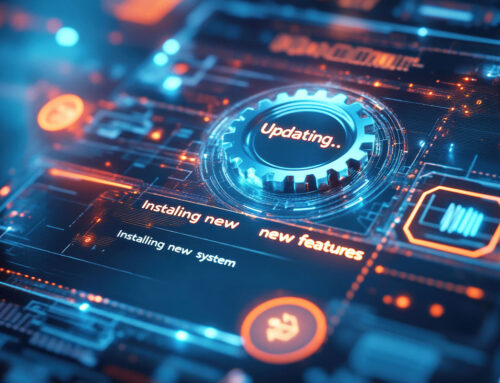According to Pew Research Center, smartphone and tablet ownership has risen dramatically in the past four years. Meanwhile, ownership of laptops and desktops has roughly leveled out. But just because individuals own certain devices doesn’t mean they use them interchangeably. It also doesn’t mean that their personal devices preference translates to the workplace. For businesses evaluating which devices to purchase and maintain for their employees, many factors must be taken into consideration to make a cost-effective decision.
At TechOrchard, we often have organizations approach us about their struggle to force user adoption of a particular device or class of devices. While workers value comfort with a device just as much as ease of use for the task, many businesses, on the other hand, choose devices for the wrong reasons. They assume a “coolness” factor will render higher adoption rates or a low acquisition cost will be cheaper throughout the device lifecycle. In reality, employers must consider the pros and cons of selecting and deploying a device for their mobile workforce by taking into consideration these key factors:
- Cost — Remember that when evaluating cost, there is much more to it that a device’s purchase price. Will the device serve its purpose off the shelf, or will it need to be customized? It is durable and repairable? In the end, the total cost of ownership is what’s important.
- Reliability —Apple was often turned to for a higher level of inherent reliability. However, the evolution of operating systems and tools across a number of brands now provides businesses with a number of good choices in the marketplace.
- Productivity — Ultimately, you’re looking to provide employees with mobile device access to improve their productivity. Therefore, ensure your device of choice is compatible with the email, apps, content, data and other information workers need to do their jobs more efficiently.
- Manageability — It’s critical that devices deployed have the ability to be seamlessly managed across the organization. From resource provisioning to updating to device management and recovery, this is where an enterprise mobility management (EMM) platform can come in handy.
- Security — With cyber attacks and data breaches on the rise, mobile device security has never been more important. Despite inherent security features in most devices, off-the-shelf settings are no longer enough. How you will protect your data, as well as employee privacy?
- Support — From help desk and staff resources to a higher IT department workload, a number of additional resources may be required to successfully manage a mobile workforce. Take into account training, vendor support and other items before selecting a device or device class.
Choosing the right mobile device is not a decision to be made lightly. However, if you can incorporate end-user preferences with the key factors listed above, it’s possible to leverage mobility for a more productive workforce. Contact us if we can be of assistance in the process.




